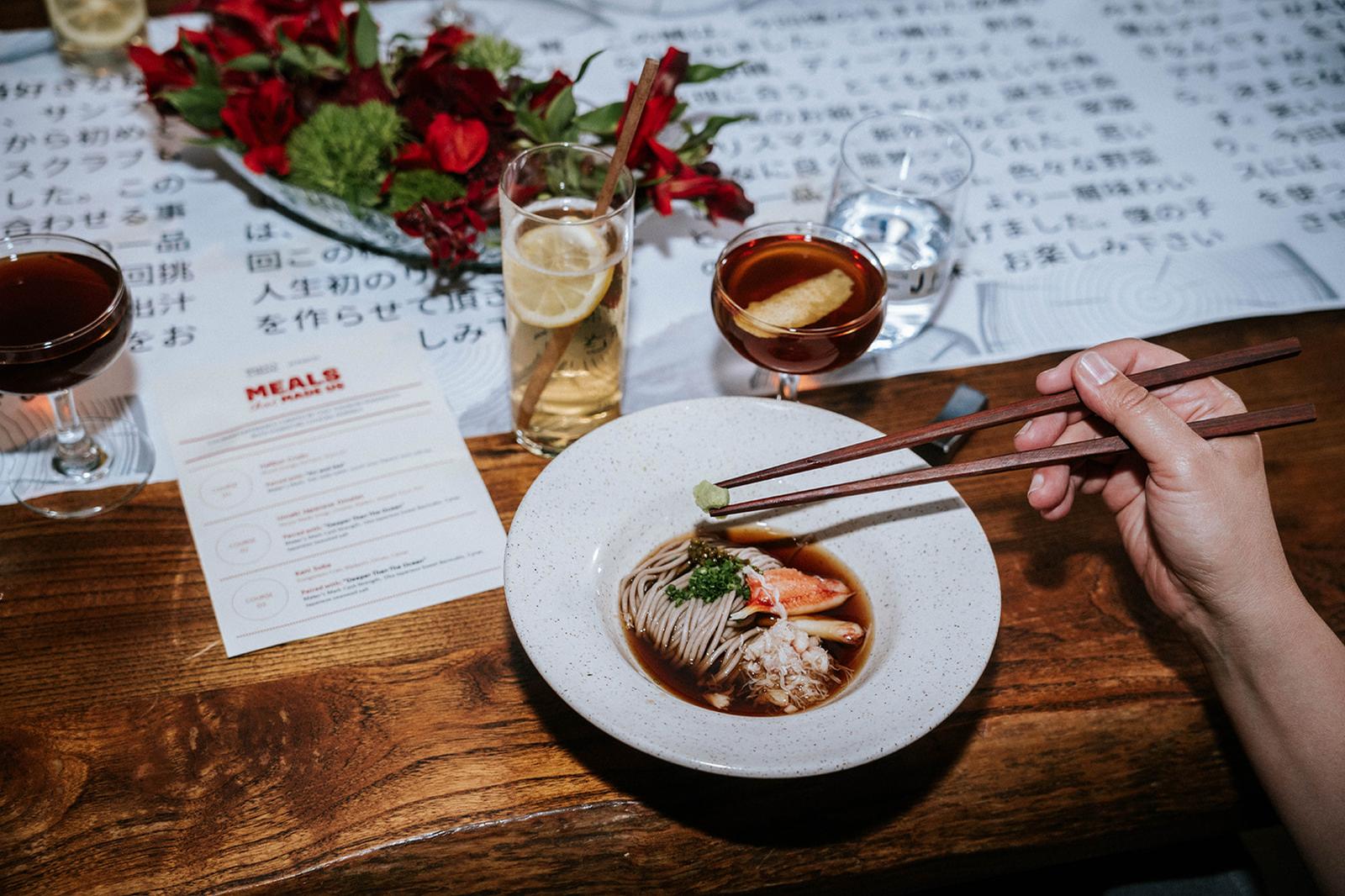As you transition from either being fully closed or offering only takeout to now being allowed to have diners at your restaurant, it can be challenging to navigate just how to redesign your space while following CDC recommendations in collaboration with the safety laws and regulations stipulated by both State and local health officials. We have put together a comprehensive list of ideas as well as tips and tricks that you can easily implement within your dining space. These ideas are not intended to replace any laws or regulations mandated by your local government but to work in collaboration.
Dining Space
-
Entranceway
-
If and when possible, set up an outdoor host stand to greet guests and limit unnecessary time indoors. If a diner is coming for an outdoor reservation and greeted outside, they may never need to enter inside your space. Creating an outdoor waiting space before tables are ready could also limit any extra close-contact in a small entranceway within the restaurant.
-
-
Safety cues
-
Install hands-free foot pulls on all doors to limit contact, use hands-free sanitizer stations, and add stickers to direct guests throughout the restaurant. This not only increases safety measures but also serves as a cue to the diners that your restaurant is going above and beyond to increase safety wherever possible. Reach out to your vendors about these items, and they may throw you a discount or some free items during these tough times.
-
-
Floor Plans
-
Look closely at the floor plan of your venue and see where you can make changes to keep at least six feet of distance between tables, while also maximizing the number of guests you can host for the interest of your revenue. This could be done by keeping booths to only every other filled, filling private dining rooms, and arranging chairs so guests face outwards to avoid servers having to wiggle in between diners to provide service.
-
-
Personal Lockers
-
Assign each employee with a personal locker to hold their personal items while they are at work. No other employee should touch or store their items in a non-assigned locker.
-
Dining Experience
-
Establish Rules Of Engagement
-
Set expectations on how to engage with your venue - these should be shared via email marketing, social media posts, and visually in your space. It could be a good idea to create physical cards to keep on the table for each new party so that they understand how service will be handled during their dining experience.
-
-
Service Cards
-
Add red or green sided cards to each table that a guest can put up whenever they need service (red), or when they are all set (green). This way the server does not need to make unnecessary contact checking in on the guests to see if they need anything.
-
-
Paper Menus or QR Codes
-
Setting up QR codes to direct diners to your menu will limit extra contact on items within your restaurant. If you still would like to have some sort of physical menu for those individuals who may not be as tech-savvy, offer limited paper menus that can be disposed of after each use.
-
-
Overall Signage
-
While it should seem obvious to wear masks throughout the restaurant when not dining, sometimes people may forget. Increase signage throughout your restaurant to indicate masks are required, so no one can claim that they were not aware of your protocols.
-
Operations
-
Employee Shifts
-
For larger establishments, consider using A/B/C shifts among employees. This decreases the amount of time different groups of people would be in contact with one another and would help with contact tracing if something were to go wrong.
-
-
Limiting Contact Among Staff
-
Make staff processes clear in order to limit contact among staff doing various tasks. For example, keep the front of the house staff and back of the house staff as separate as possible throughout the restaurant. In the back of the house, gloves should be changed once in contact with something a guest had touched, and especially separate from anyone else who would then again need to be in contact with other guests. Keep extra gloves throughout both the front and back of the house.
-
-
Resetting The Table
-
Cleaning and resetting can happen only once the guest has finished dining with you, and not throughout the guest experience like normal. Any way that you can decrease contact between the server and guests will increase safety. Again, these new service norms can be listed in the “rules of engagement” provided to diners.
-
-
Update Standard Operating Procedures
-
Update your Standard Operating Procedures (SOP) so all staff understands the roles, flow, and expectations and how to provide comfort for all guests. This will also require re-training the staff on the new processes.
-



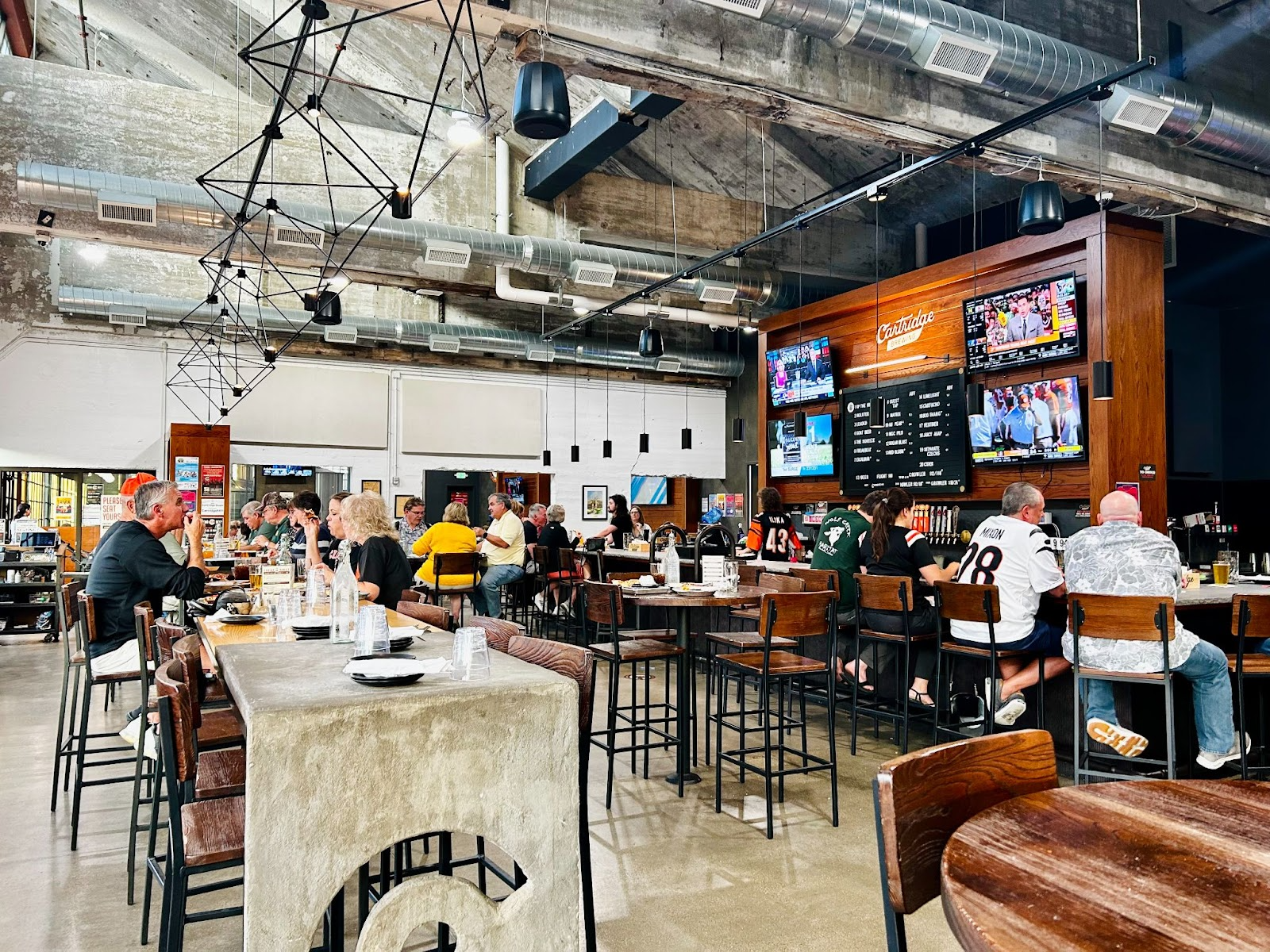
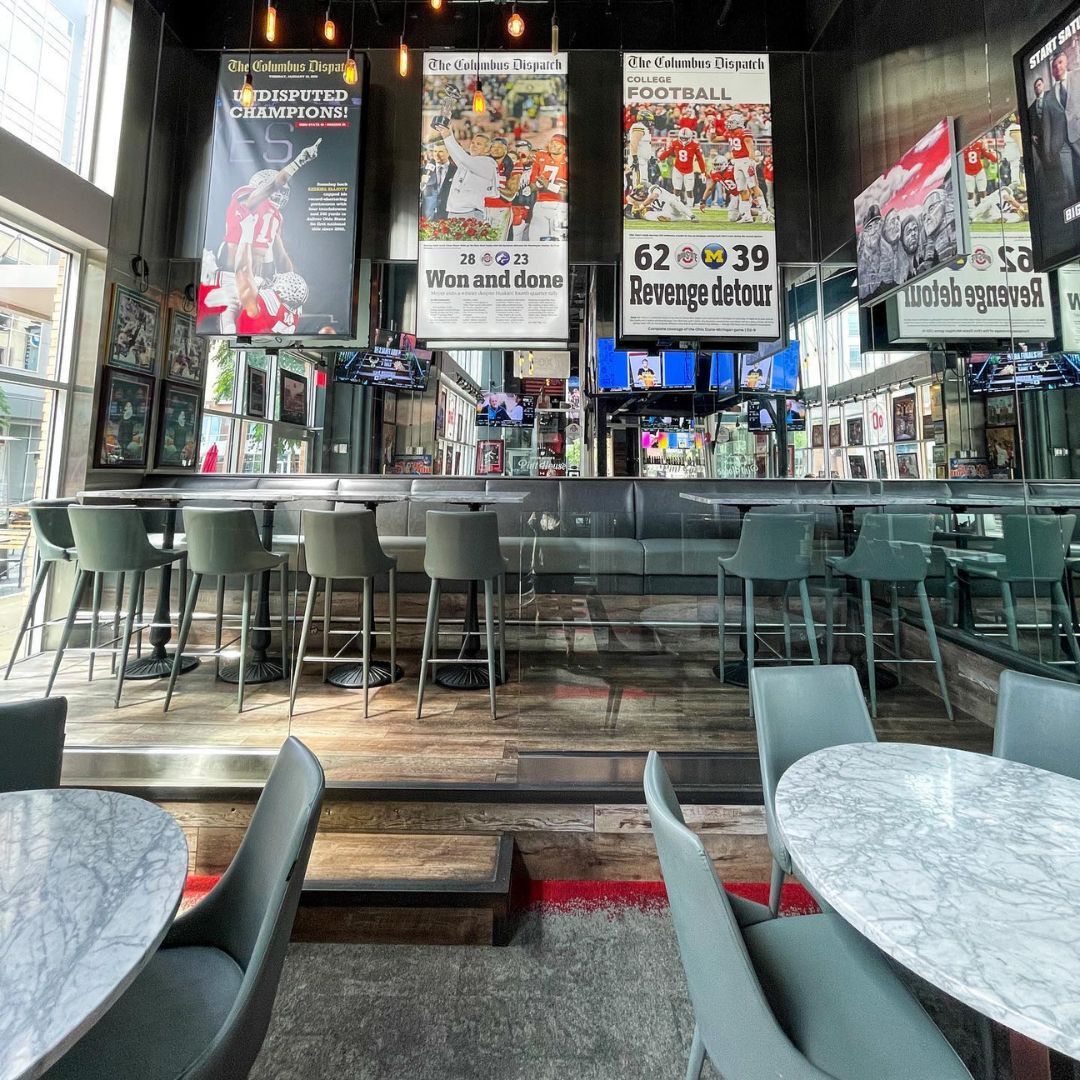
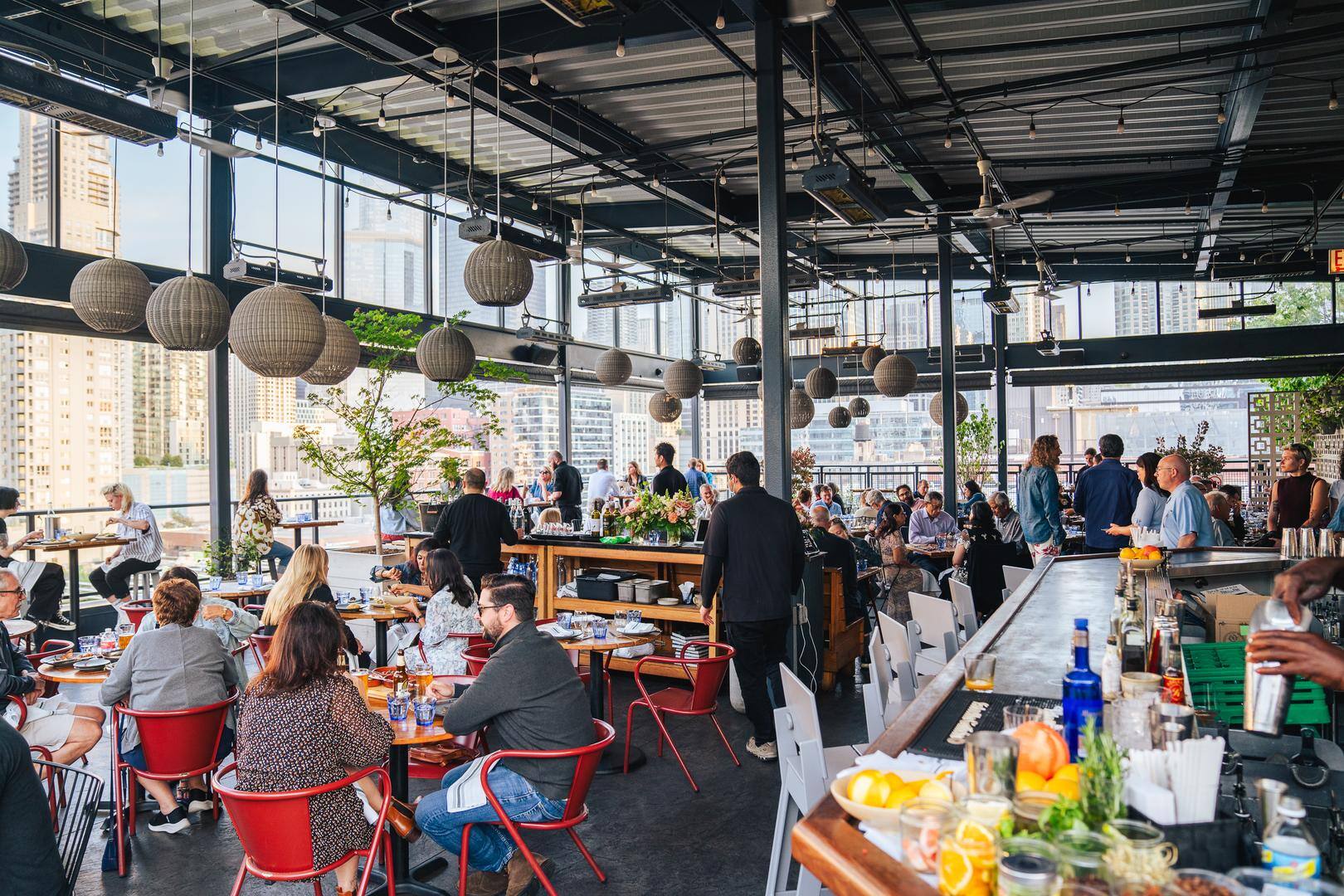


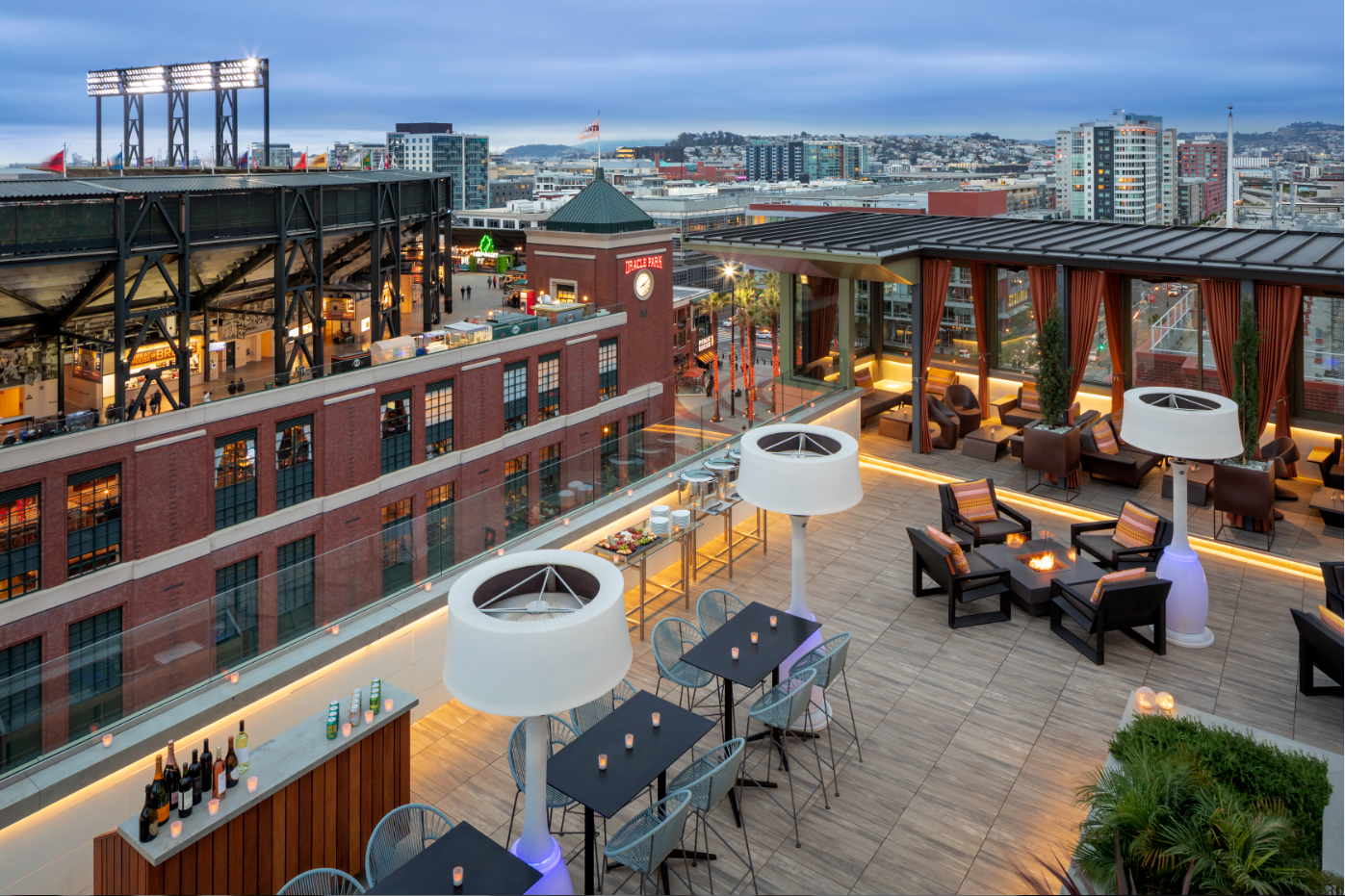
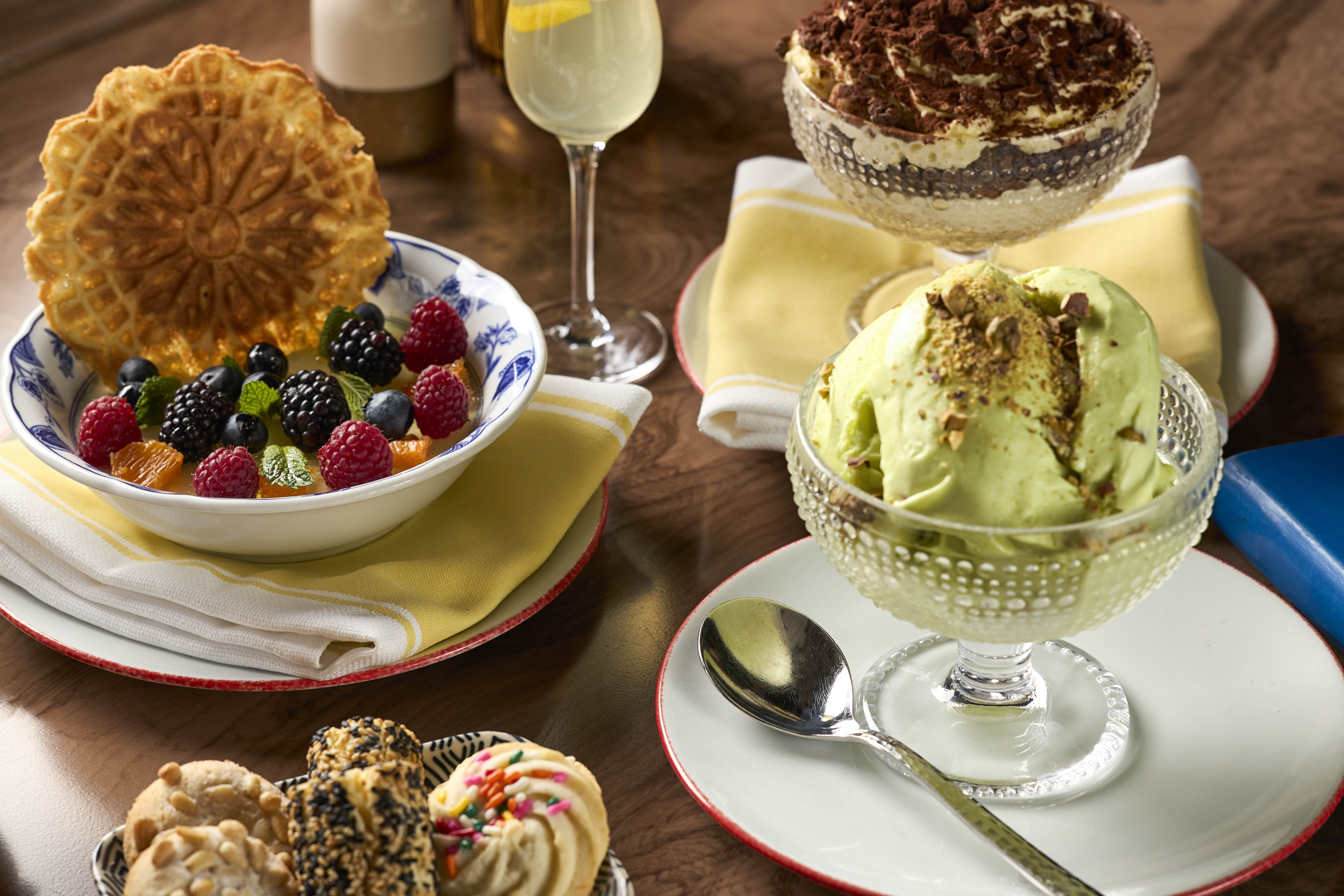
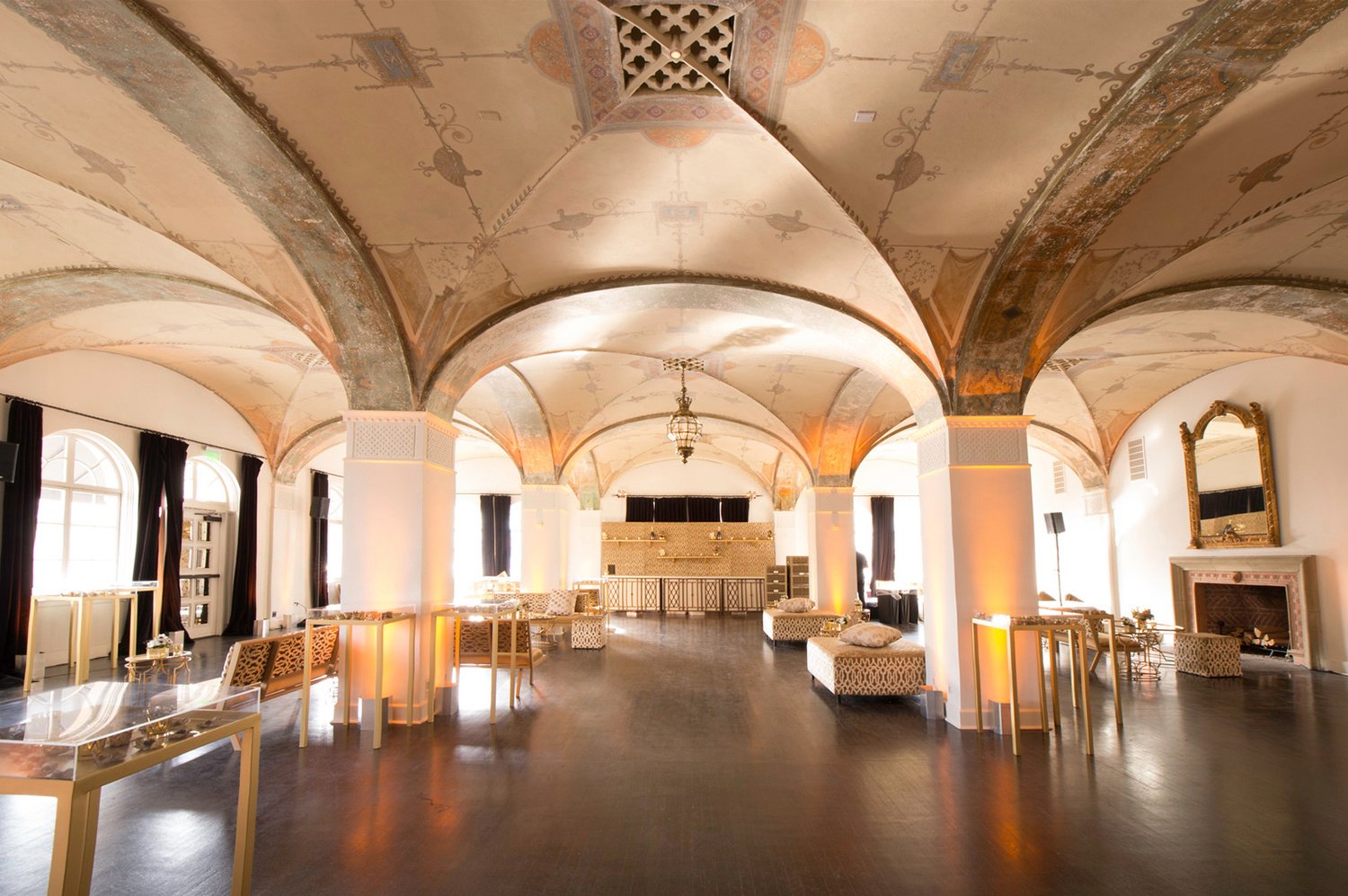

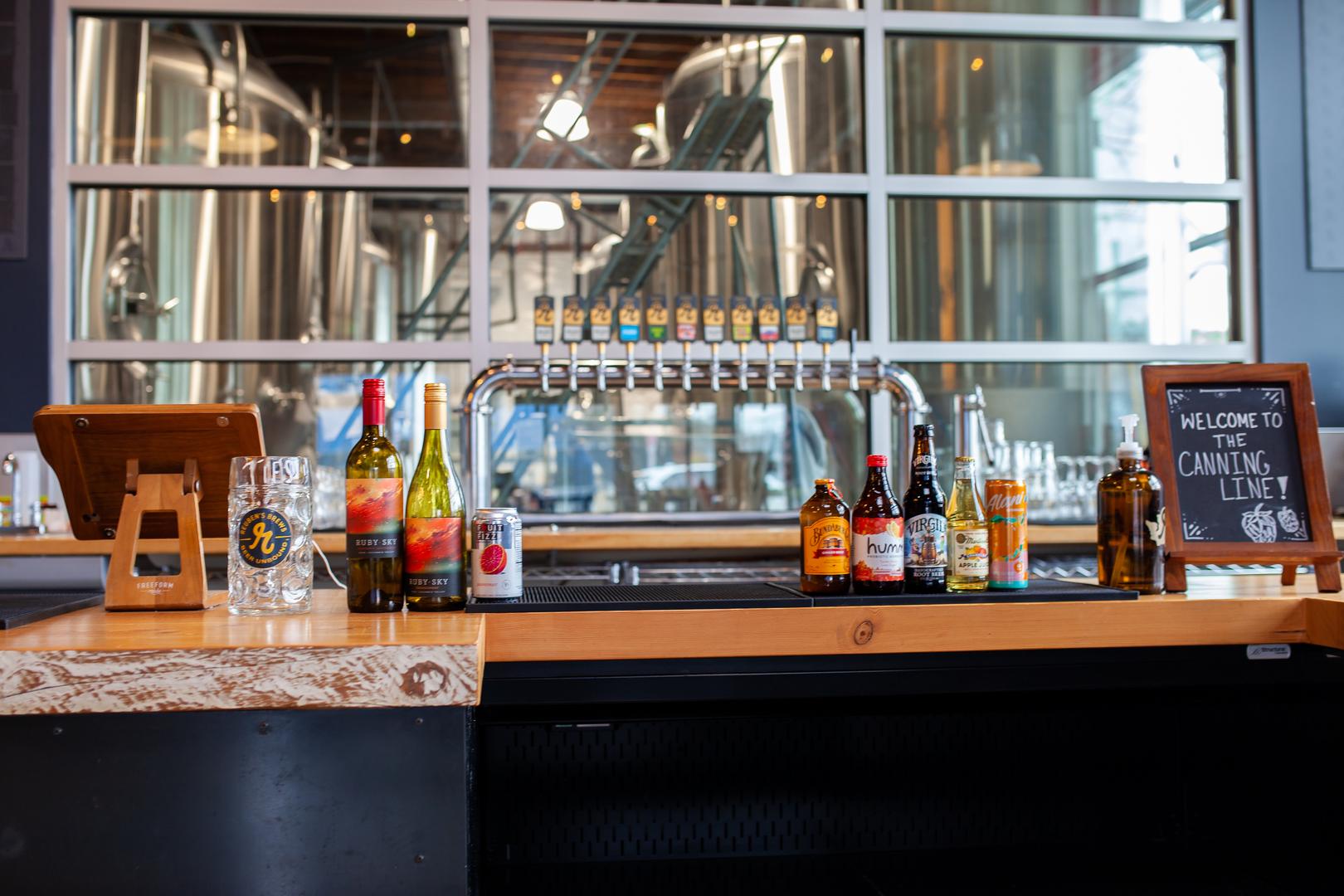

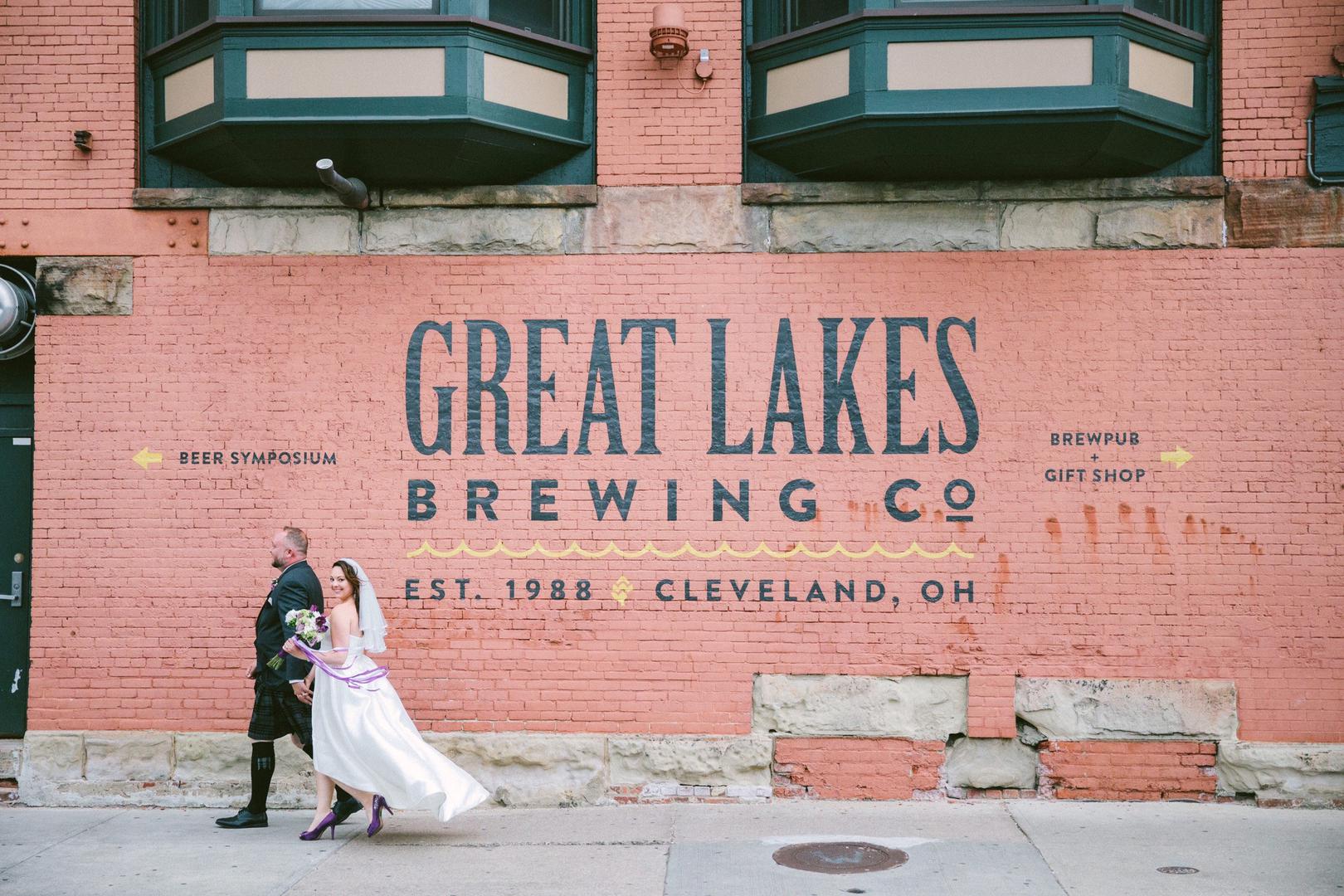
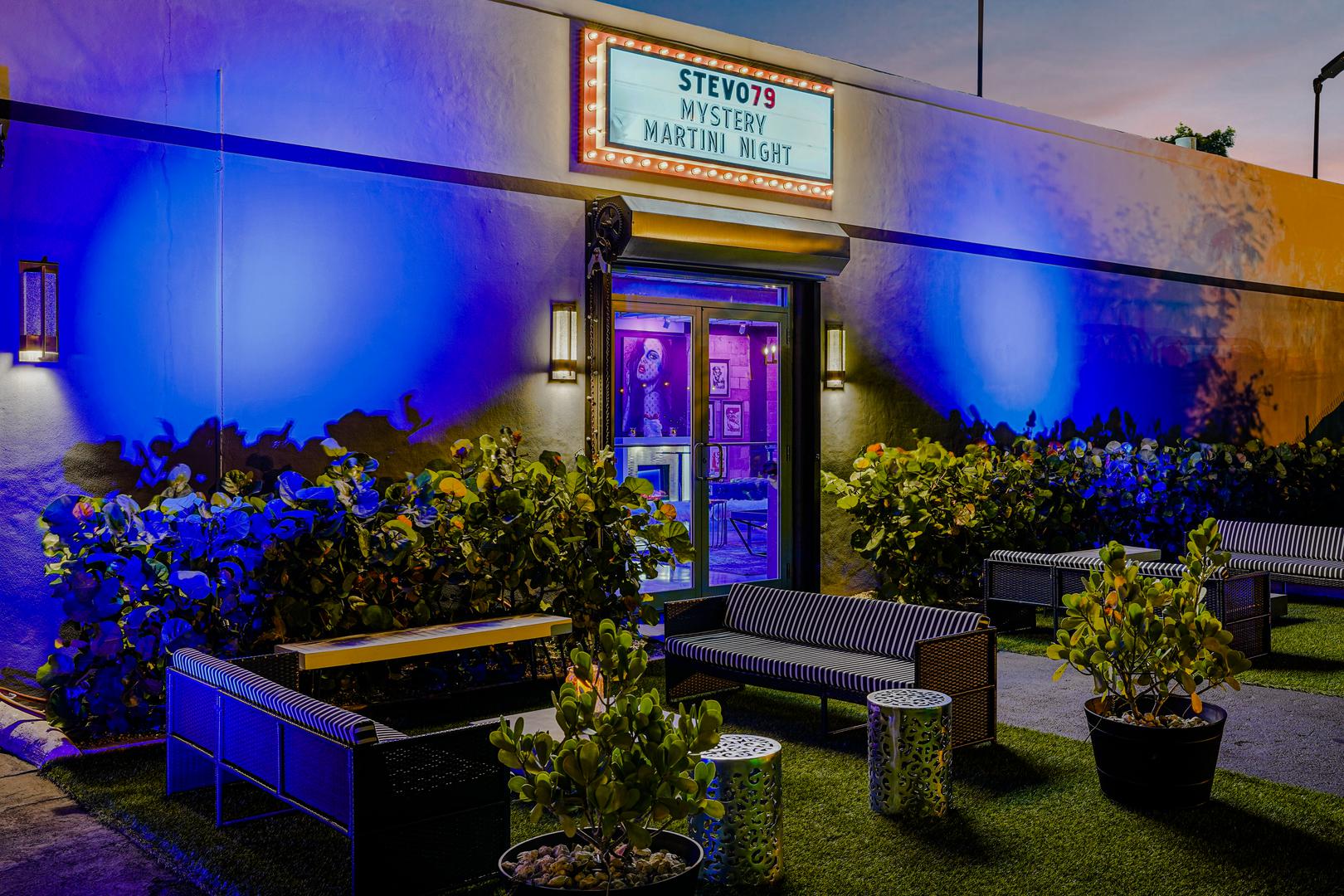
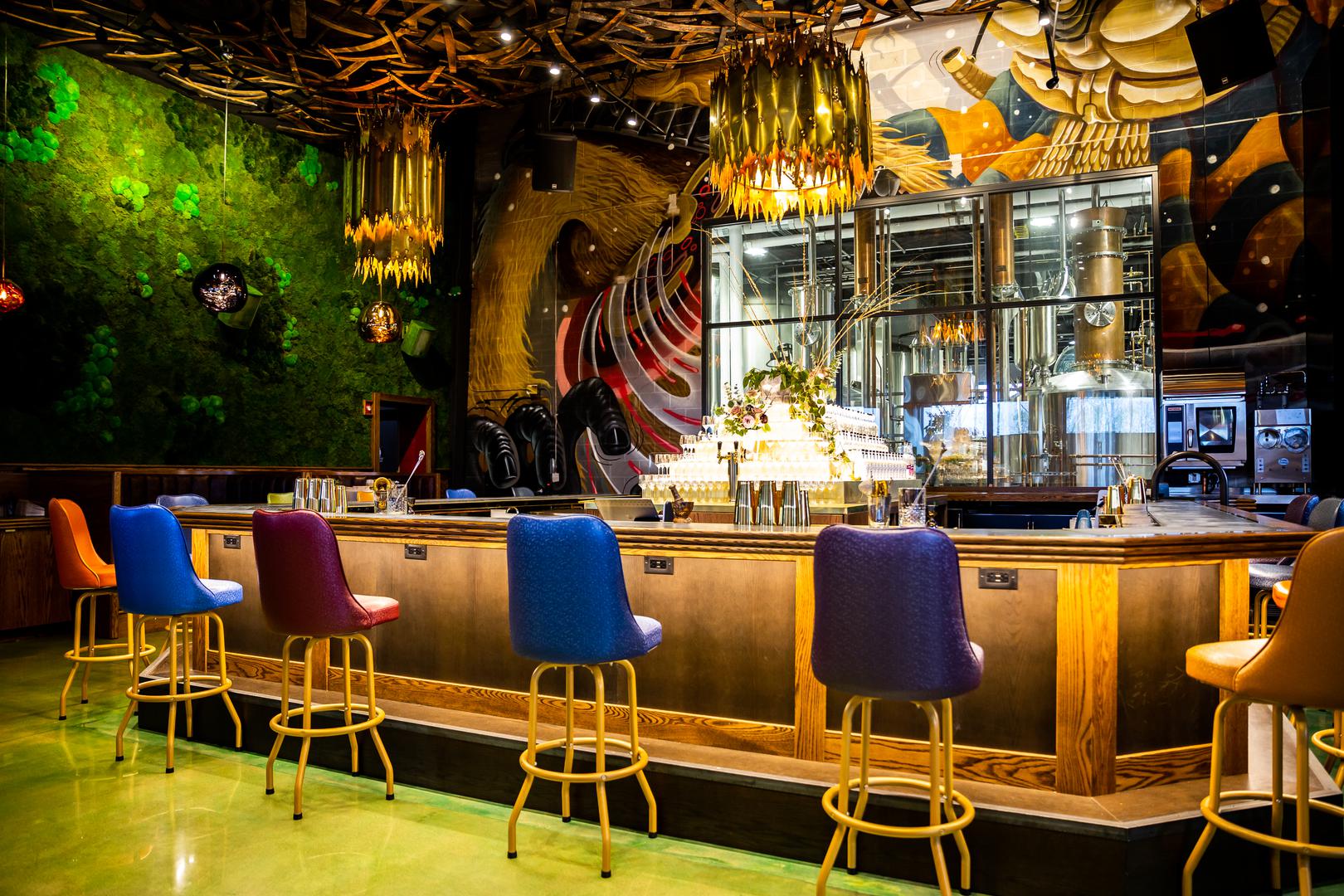
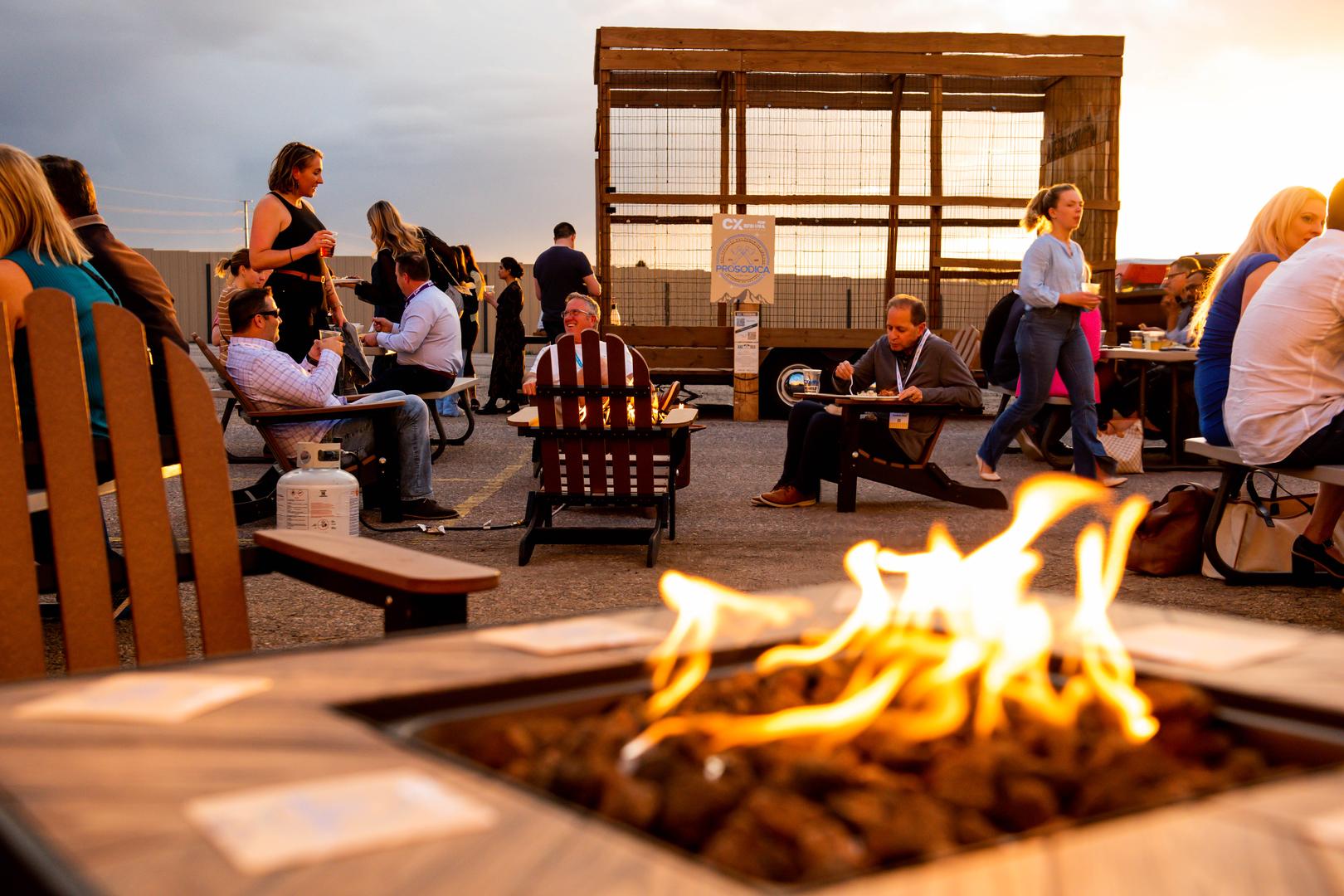

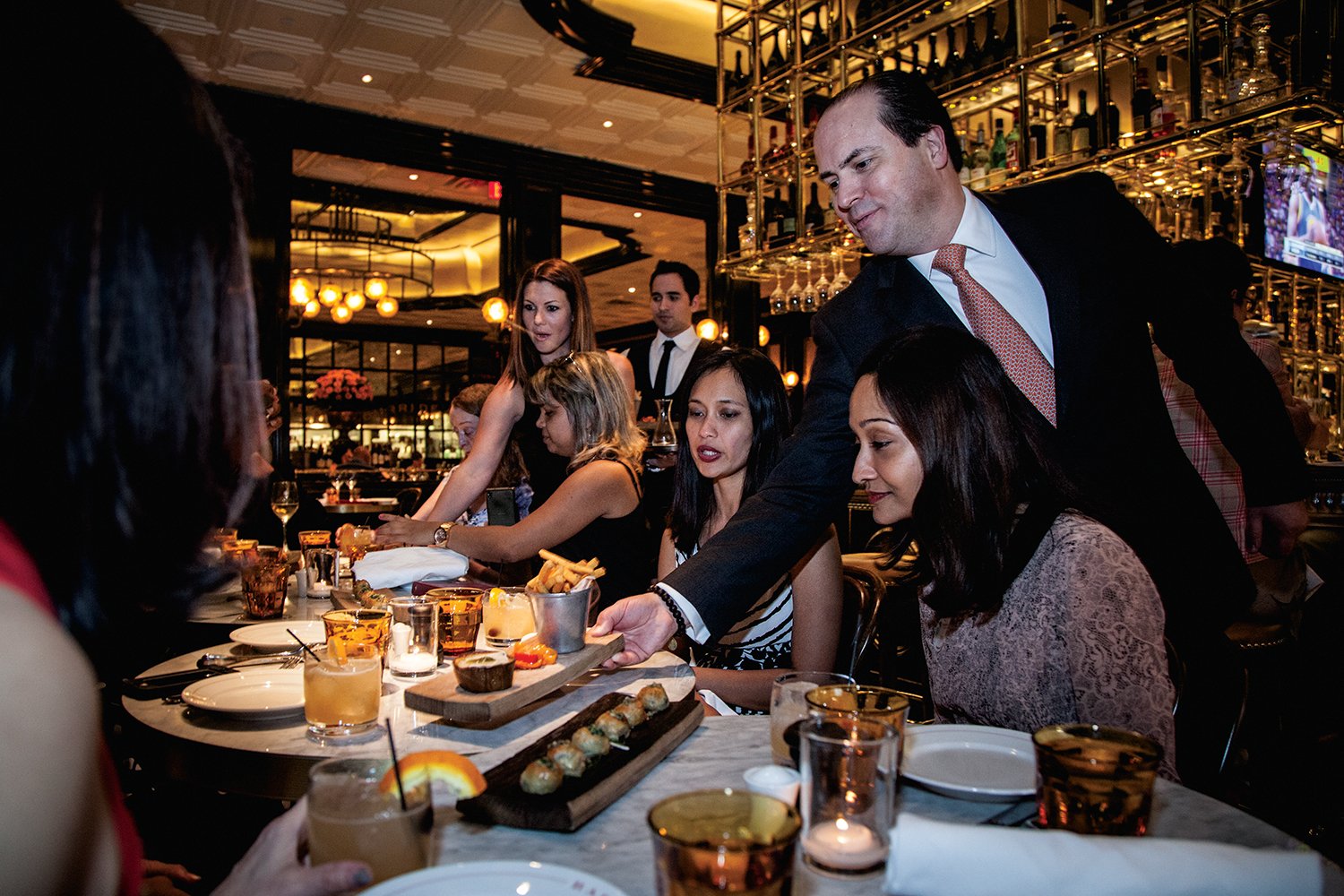
%20Where%20to%20Eat%20Near%20Willis%20Tower%20in%20Chicago.png)
